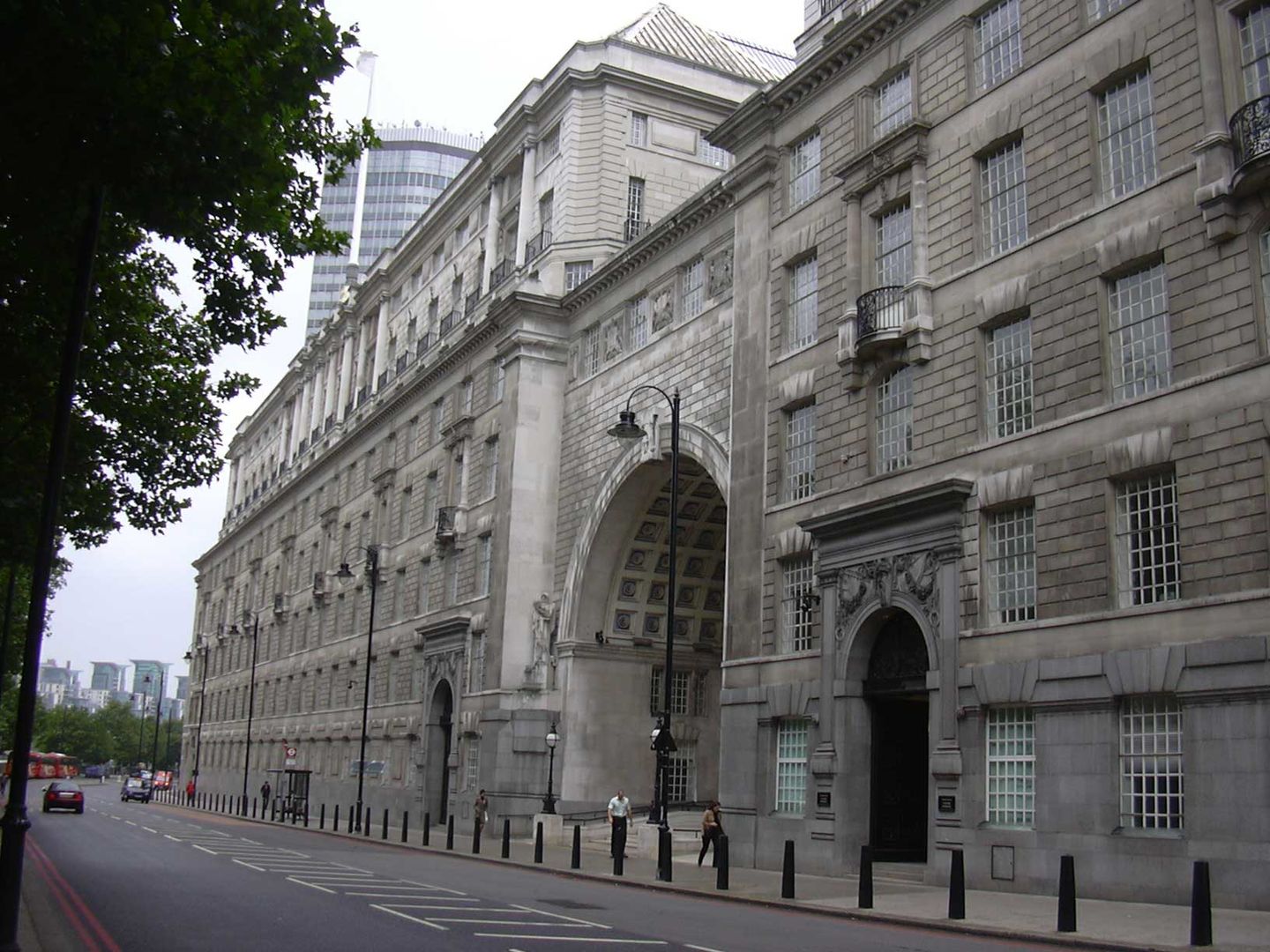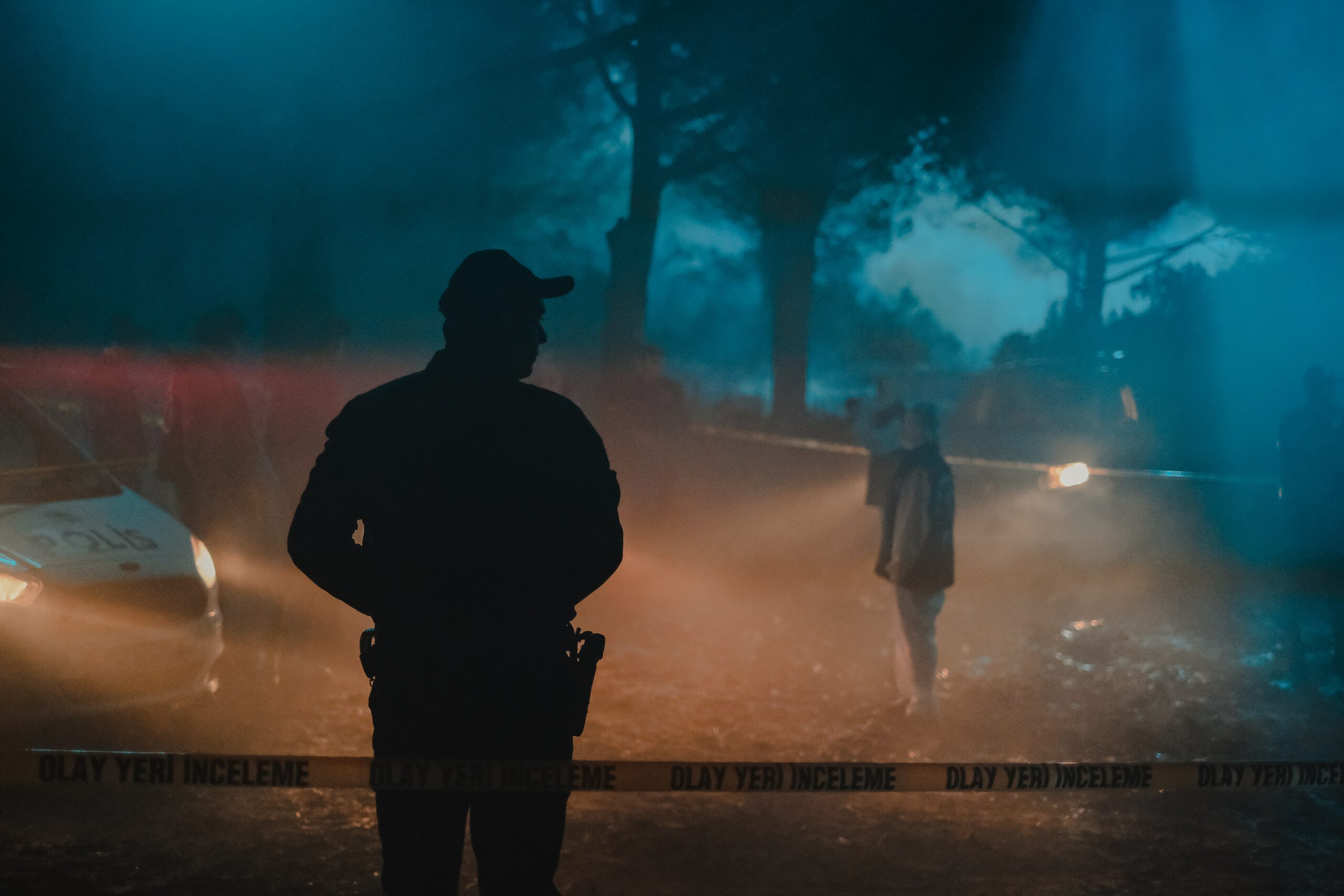Mission Accomplished: True Stories of Great Spies and Spycraft
Posted on March 27, 2017
by Amy H
Mission Impossible?! Pfah! Child’s play! The real world of espionage lacks the Hollywood polish, but definitely includes the over-reliance on breathless luck and seat-of-your-pants decision making. These fascinating accounts are guaranteed to keep you on the edge of your seat wondering what will happen next.
Books About Spies

The Man with the Poison Gun: a Cold War Spy Story by Serhii Plokhy
From one of the foremost historians of the former Soviet Union, a nonfiction spy thriller about a KGB assassin whose defection to the West changed the face of Cold War espionage. In the fall of 1961, KGB assassin Bogdan Stashinsky defected to West Germany. After spilling his secrets to the CIA, Stashinsky was put on trial in what would be the most publicized assassination case of the entire Cold War. The publicity stirred up by the Stashinsky case forced the KGB to change its modus operandi abroad and helped end the career of Aleksandr Shelepin, one of the most ambitious and dangerous Soviet leaders. Stashinsky’s testimony, implicating the Kremlin rulers in political assassinations carried out abroad, shook the world of international politics. Stashinsky’s story would inspire films, plays, and books – including Ian Fleming’s last James Bond novel, The Man with the Golden Gun.
Code Warriors: NSA’s Codebreakers and the Secret Intelligence War Against the Soviet Union” by Stephen Budiansky
The National Security Agency was born out of the legendary codebreaking programs of World War II that cracked the famed German and Japanese codes, thereby turning the tide of Allied victory. In the postwar years, as the United States developed a new enemy in the Soviet Union, our intelligence community found itself targeting not soldiers on the battlefield, but suspected spies, foreign leaders, and even American citizens. Throughout the second half of the twentieth century, NSA played a vital, often fraught and controversial role in the major events of the Cold War, from the Korean War to the Cuban Missile Crisis to Vietnam and beyond.
Into the Lion’s Mouth : the True Story of Dusko Popov : World War II Spy, Patriot, and the Real-life Inspiration for James Bond by Larry Loftis
On a cool August evening in 1941, a Serbian playboy created a stir at Casino Estoril in Portugal by throwing down an outrageously large baccarat bet to humiliate his opponent. The Serbian was a British double agent, and the money―which he had just stolen from the Germans―belonged to the British. From the sideline, watching with intent interest was none other than Ian Fleming… The Serbian was Dusko Popov. As a youngster, he was expelled from his London prep school.
Years later he would be arrested and banished from Germany for making derogatory statements about the Third Reich. When World War II ensued, the playboy became a spy, eventually serving three dangerous masters: the Abwehr, MI5 and MI6, and the FBI. On August 10, 1941, the Germans sent Popov to the United States to construct a spy network and gather information on Pearl Harbor. The FBI ignored his German questionnaire, but J. Edgar Hoover succeeded in blowing his cover. While MI5 desperately needed Popov to deceive the Abwehr about the D-Day invasion, they assured him that a return to the German Secret Service Headquarters in Lisbon would result in torture and execution. He went anyway…
“Into the Lion’s Mouth” is a globe-trotting account of a man’s entanglement with espionage, murder, assassins, and lovers―including enemy spies and a Hollywood starlet. It is a story of subterfuge and seduction, patriotism, and cold-blooded courage. It is the story of Dusko Popov―the inspiration for James Bond.
Rogue Heroes: The History of the SAS, Britain’s Secret Special Forces Unit that Sabotaged the Nazis and Changed the Nature of War by Ben Macintyre
Britain’s Special Air Service—or SAS—was the brainchild of David Stirling, a young, gadabout aristocrat whose aimlessness in early life belied a remarkable strategic mind. Where most of his colleagues saw World War II’s African theater as protracted struggle with Rommel’s desert forces, Stirling saw an opportunity: given a small number of elite, well-trained men, he could parachute behind enemy lines and sabotage their airplanes and war material.
Paired with his constitutional opposite, the disciplined martinet Jock Lewes, Stirling assembled a revolutionary fighting force that would upend not just the balance of the war, but the nature of combat itself.
The Spy Who Couldn’t Spell: a Dyslexic Traitor, an Unbreakable Code, and the FBI’s Hunt for America’s Stolen Secrets by Yudhijit Bhattacharjee
The thrilling, true-life account of the FBI’s hunt for the ingenious traitor Brian Regan–known as The Spy Who Couldn’t Spell. Before Edward Snowden’s infamous data breach, the largest theft of government secrets was committed by an ingenious traitor whose intricate espionage scheme and complex system of coded messages were made even more baffling by his dyslexia.
His name is Brian Regan, but he came to be known as The Spy Who Couldn’t Spell. In December of 2000, FBI Special Agent Steven Carr of the bureau’s Washington, D.C., office received a package from FBI New York: a series of coded letters from an anonymous sender to the Libyan consulate, offering to sell classified United States intelligence. The offer, and the threat, were all too real.
A self-proclaimed CIA analyst with top secret clearance had information about U.S. reconnaissance satellites, air defense systems, weapons depots, munitions factories, and underground bunkers throughout the Middle East. Rooting out the traitor would not be easy, but certain clues suggested a government agent with a military background, a family, and a dire need for money. Leading a diligent team of investigators and code breakers, Carr spent years hunting down a dangerous spy and his cache of stolen secrets. In this fast-paced true-life spy thriller, Yudhijit Bhattacharjee reveals how the FBI unraveled Regan’s strange web of codes to build a case against a man who nearly collapsed America’s military security.

The True Believer: The Secret Life of Noel Field, Stalin’s Last American Spy by Kati Marton
This astonishing real-life spy thriller, filled with danger, misplaced loyalties, betrayal, treachery, and pure evil, with a plot twist worthy of John le Carre, is relevant today as a tale of fanaticism and the lengths it takes us to. True Believer reveals the life of Noel Field, an American who betrayed his country and crushed his family. Field, once a well-meaning and privileged American, spied for Stalin during the 1930s and ’40s. Then a pawn in Stalin’s sinister master strategy, Field was kidnapped and tortured by the KGB and forced to testify against his own Communist comrades.
How does an Ivy League-educated, US State Department employee, deeply rooted in American culture and history, become a hardcore Stalinist?
The 1930s, when Noel Field joined the secret underground of the International Communist Movement, were a time of national collapse: ten million Americans unemployed, rampant racism, retreat from the world just as fascism was gaining ground, and Washington — pre FDR — parched of fresh ideas. Communism promised the righting of social and political wrongs and many in Field’s generation were seduced by its siren song. Few, however, went as far as Noel Field in betraying their own country. With a reporter’s eye for detail, and a historian’s grasp of the cataclysmic events of the twentieth century, Kati Marton captures Field’s riveting quest for a life of meaning that went horribly wrong.
“True Believer” is supported by unprecedented access to Field family correspondence, Soviet Secret Police records, and reporting on key players from Alger Hiss, CIA Director Allen Dulles, and World War II spy master, ‘Wild Bill’ Donovan — to the most sinister of all: Josef Stalin. A story of another time, this is a tale relevant for all times.
Spying in America: Espionage From the Revolutionary War to the Dawn of the Cold War by Michael J. Sulick
Can you keep a secret?
Maybe you can, but the United States government cannot. Since the birth of the country, nations large and small, from Russia and China to Ghana and Ecuador, have stolen the most precious secrets of the United States. Written by Michael Sulick, former director of CIA’s clandestine service, Spying in America presents a history of more than thirty espionage cases inside the United States.
These cases include Americans who spied against their country, spies from both the Union and Confederacy during the Civil War, and foreign agents who ran operations on American soil. Some of the stories are familiar, such as those of Benedict Arnold and Julius Rosenberg, while others, though less well known, are equally fascinating. From the American Revolution, through the Civil War and two World Wars, to the atomic age of the Manhattan Project, Sulick details the lives of those who have betrayed America’s secrets.
In each case he focuses on the motivations that drove these individuals to spy, their access and the secrets they betrayed, their tradecraft or techniques for concealing their espionage, their exposure and punishment, and the damage they ultimately inflicted on America’s national security.
Spying in America serves as the perfect introduction to the early history of espionage in America. Sulick’s unique experience as a senior intelligence officer is evident as he skillfully guides the reader through these cases of intrigue, deftly illustrating the evolution of American awareness about espionage and the fitful development of American counterespionage leading up to the Cold War.
The Secret History of World War II: Spies, Code Breakers & Covert Operations by Neil Kagan & Stephen G. Hyslop with a foreword by Kenneth W. Rendell
From top secret spy missions to recently declassified WWII documents, this richly illustrated account of the covert espionage operations of World War II takes readers behind the battle lines and into the undercover war effort. Includes recently released never-before-seen photographs, coded messages, classified maps, and over 700 rare artifacts that shed light on the war’s darkest secrets.
From the authors who created “Eyewitness to World War II” and numerous other best-selling illustrated reference books, this is the shocking story behind the covert activity that shaped the outcome of one of the world’s greatest conflicts—and the destiny of millions of people. National Geographic’s landmark book illuminates World War II as never before by taking you inside the secret lives of spies and spy masters; secret agents and secret armies; Enigma machines and code breakers; psychological warfare and black propaganda; secret weapons and secret battle strategies.
Six heavily illustrated narrative chapters reveal the truth behind the lies and deception that shaped the secret war; six pictorial essays showcase hundreds of rare photos and artifacts (many never before seen); more than 45 specially created sidebars tell the stories of spies and secret operations. Renowned historian and top-selling author Stephen Hyslop reveals this little-known side of the war in captivating detail, weaving in extraordinary eyewitness accounts and information only recently declassified. Rare photographs, artifacts, and illuminating graphics enrich this absorbing reference book.
Secret Warriors: the Spies, Scientists and Code Breakers of World War I by Taylor Downing
World War I is often viewed as a war fought by armies of millions living and fighting in trenches, aided by brutal machinery that cost the lives of many. But behind all of this an intellectual war was also being fought between engineers, chemists, code-breakers, physicists, doctors, mathematicians, and intelligence gatherers.
This hidden war was to make a positive and lasting contribution to how war was conducted on land, at sea, and in the air, and most importantly, life at home. Secret Warriors provides an invaluable and fresh history of the World War I, profiling a number of the key incidents and figures which lead to great leaps forward for the twentieth century.
Told in a lively and colorful narrative style, “Secret Warriors” reveals the unknown side of this tragic conflict.
The Billion Dollar Spy: a True Story of Cold War Espionage and Betrayal by David Hoffman
While getting into his car on the evening of February 16, 1978, the chief of the CIA’s Moscow station was handed an envelope by an unknown Russian. Its contents stunned the Americans: details of top-secret Soviet research and development in military technology that was totally unknown to the United States. From 1979 to 1985, Adolf Tolkachev, an engineer at a military research center, cracked open the secret Soviet military research establishment, using his access to hand over tens of thousands of pages of material about the latest advances in aviation technology, alerting the Americans to possible developments years in the future. He was one of the most productive and valuable spies ever to work for the United States in the four decades of global confrontation with the Soviet Union. Tolkachev took enormous personal risks, but so did his CIA handlers. Moscow station was a dangerous posting to the KGB’s backyard. The CIA had long struggled to recruit and run agents in Moscow, and Tolkachev became a singular breakthrough. With hidden cameras and secret codes, and in face-to-face meetings with CIA case officers in parks and on street corners, Tolkachev and the CIA worked to elude the feared KGB. Drawing on previously secret documents obtained from the CIA, as well as interviews with participants, Hoffman reveals how the depredations of the Soviet state motivated one man to master the craft of spying against his own nation until he was betrayed to the KGB by a disgruntled former CIA trainee. No one has ever told this story before in such detail, and Hoffman’s deep knowledge of spycraft, the Cold War, and military technology makes him uniquely qualified to bring readers this real-life espionage thriller.
A groundbreaking history of intelligence, from its classical origins to the onset of the digital-age surveillance state, shares authoritative insights into its role in major events and its misuse, uncertainties and vulnerabilities.
A Spy Among Friends: Kim Philby and the Great Betrayal by Ben Macintyre
Master storyteller Ben Macintyre’s most ambitious work to date brings to life the twentieth century’s greatest spy story.
Kim Philby was the greatest spy in history, a brilliant and charming man who rose to head Britain’s counterintelligence against the Soviet Union during the height of the Cold War—while he was secretly working for the enemy. And nobody thought he knew Philby like Nicholas Elliott, Philby’s best friend and fellow officer in MI6. The two men had gone to the same schools, belonged to the same exclusive clubs, grown close through the crucible of wartime intelligence work and long nights of drink and revelry. It was madness for one to think the other might be a communist spy, bent on subverting Western values and the power of the free world.
But Philby was secretly betraying his friend. Every word Elliott breathed to Philby was transmitted back to Moscow—and not just Elliott’s words, for in America, Philby had made another powerful friend: James Jesus Angleton, the crafty, paranoid head of CIA counterintelligence. Angleton’s and Elliott’s unwitting disclosures helped Philby sink almost every important Anglo-American spy operation for twenty years, leading countless operatives to their doom. Even as the web of suspicion closed around him, and Philby was driven to greater lies to protect his cover, his two friends never abandoned him—until it was too late. The stunning truth of his betrayal would have devastating consequences on the two men who thought they knew him best, and on the intelligence services he left crippled in his wake.
Told with heart-pounding suspense and keen psychological insight, and based on personal papers and never-before-seen British intelligence files, “A Spy Among Friends” is Ben Macintyre’s best book yet, a high-water mark in Cold War history telling.
Washington’s Spies: The Story of America’s First Spy Ring by Alexander Rose
(Source material for the AMC series Turn)
“Turn” seasons on DVD: One | Two | Three
In the summer of 1778, General Washington needed to know where the British would strike next. To that end, he unleashed an unlikely ring of spies in New York charged with discovering the enemy’s battle plans. Washington’s band included a young Quaker torn between political principle and family loyalty, a swashbuckling sailor addicted to the perils of espionage, a hard-drinking barkeep, a Yale-educated cavalryman, and a peaceful, sickly farmer who begged to let him retire but always came through in the end. Personally guiding these everyday heroes was Washington himself. In an era when officers were gentlemen, and gentlemen didn’t spy, he possessed a talent for deception–and proved an adept spymaster. The men he mentored were dubbed the Culper Ring. Historian Rose tells an unknown story of the Revolution–the murderous intelligence war, gunrunning and kidnapping, defectors and executioners–that has never appeared in the history books.
Liar, Temptress, Soldier, Spy: Four Women Undercover in the Civil War by Karen Abbott
Karen Abbott, the “New York Times” bestselling author of “Sin in the Second City” and ‘pioneer of sizzle history’ (“USA Today”), tells the spellbinding true story of four women who risked everything to become spies during the Civil War.
Karen Abbott illuminates one of the most fascinating yet little known aspects of the Civil War: the stories of four courageous women—a socialite, a farmgirl, an abolitionist, and a widow—who were spies.
After shooting a Union soldier in her front hall with a pocket pistol, Belle Boyd became a courier and spy for the Confederate army, using her charms to seduce men on both sides. Emma Edmonds cut off her hair and assumed the identity of a man to enlist as a Union private, witnessing the bloodiest battles of the Civil War. The beautiful widow, Rose O’Neale Greenhow, engaged in affairs with powerful Northern politicians to gather intelligence for the Confederacy, and used her young daughter to send information to Southern generals. Elizabeth Van Lew, a wealthy Richmond abolitionist, hid behind her proper Southern manners as she orchestrated a far-reaching espionage ring, right under the noses of suspicious rebel detectives.
Using a wealth of primary source material and interviews with the spies’ descendants, Abbott seamlessly weaves the adventures of these four heroines throughout the tumultuous years of the war. With a cast of real-life characters including Walt Whitman, Nathaniel Hawthorne, General Stonewall Jackson, detective Allan Pinkerton, Abraham and Mary Todd Lincoln, and Emperor Napoleon III,Liar, Temptress, Soldier, Spy draws you into the war as these daring women lived it.
The Last Goodnight: a World War II Story of Espionage, Adventure, and Betrayal by Howard Blum
Presents a portrait of American debutante and World War II spy Betty Pack that draws on recently declassified files to explore her MI-6 career and key role in successful Allied missions.
The Secret State: a History of Intelligence and Espionage by Colonel John Hughes-Wilson

Did you like this blog post? Keep up to date with all of our posts by subscribing to the Library’s newsletters!
Keep your reading list updated with our book lists. Our staff love to read and they’ll give you the scoop on new tv-series inspired titles, hobbies, educational resources, pop culture, current events, and more!
Looking for more great titles? Get personalized recommendations from our librarians with this simple form.




